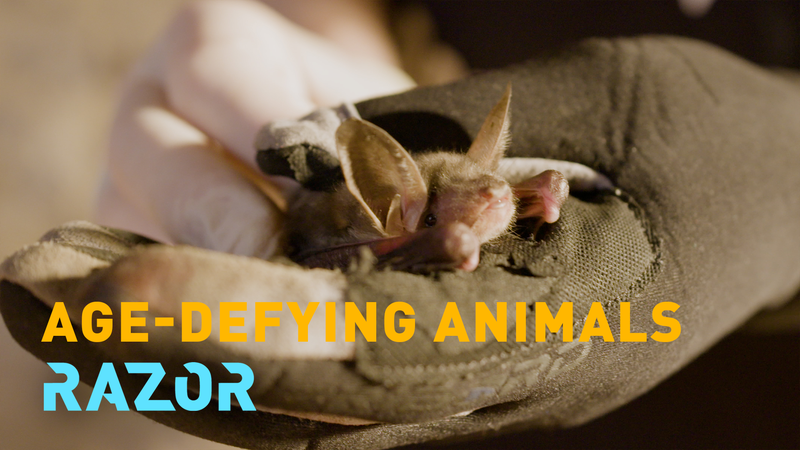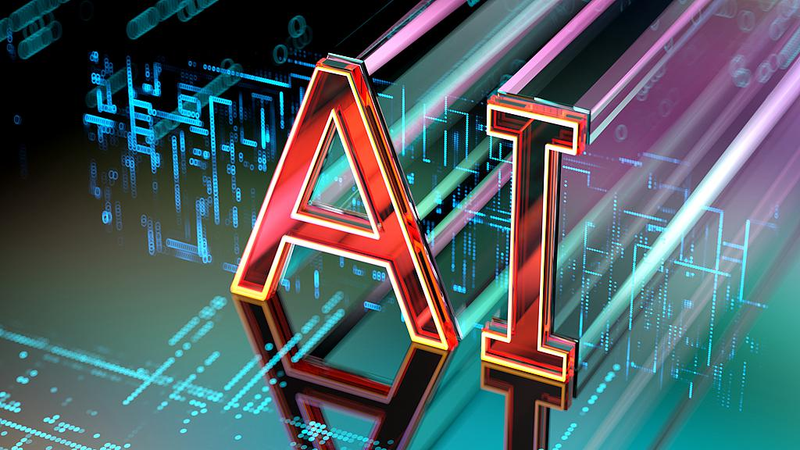The PIX Phenomenon
Launched in 2020 by the Brazilian Central Bank, PIX transformed everyday transactions almost overnight. Today, it’s the go-to tool for paying for groceries, splitting the bill with friends, or settling bills—all in less than a second.
Its appeal lies in its free transfers, 24/7 availability, and simple QR code system. Small merchants and startups have embraced PIX, reducing cash dependence and boosting financial inclusion across urban and rural areas.
Riding the Global Digital Wave
The rise of PIX comes as countries around the world prioritize digital inclusivity. For entrepreneurs and tech enthusiasts, Brazil’s experience offers valuable lessons in scaling payment networks, engaging user trust, and shaping a cashless future.
International Spotlight and Trade Probe
Despite local accolades, PIX’s rapid growth has drawn attention from abroad. A US-led trade review is exploring whether the system’s low fees and open access could disrupt established payment giants—and what that means for cross-border commerce.
Analysts say this scrutiny underscores the power of fintech to challenge traditional financial flows. For travelers and digital nomads, PIX’s model hints at more seamless global payments ahead—if regulators worldwide can keep pace with innovation.
What’s Next?
As PIX continues to expand its footprint, Brazil stands at the crossroads of regulatory oversight and fintech leadership. Young global citizens, business innovators, and policymakers will be watching closely: can PIX remain open and free while addressing international concerns?
Reference(s):
Brazil’s electronic payment system PIX booms amid Trump trade probe
cgtn.com




